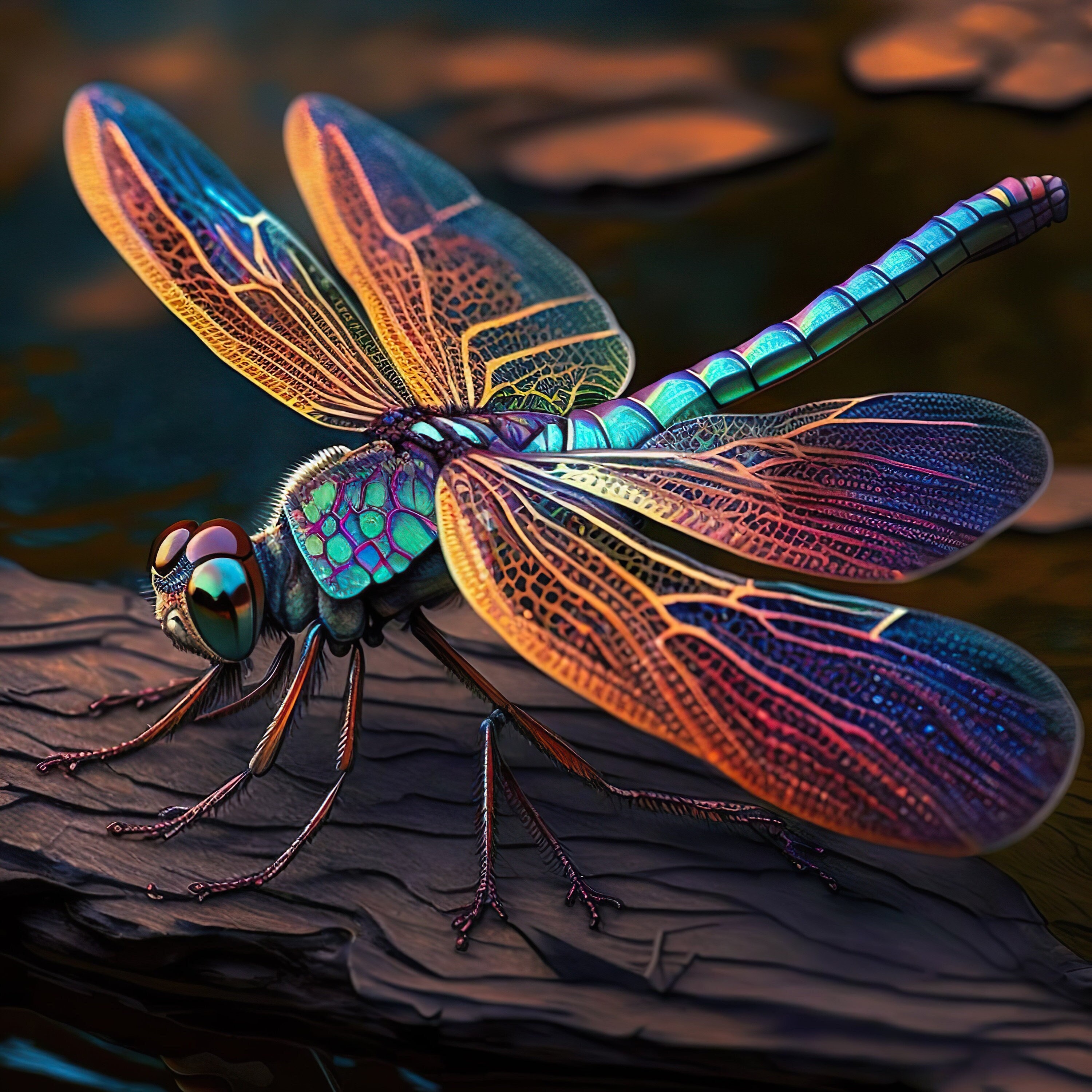Free Svg Trending Files Daily
Mysterious Dragonfly Bleed Captivates Researchers and Nature Enthusiasts Alike
In a captivating discovery, researchers and nature enthusiasts have been left in awe as they uncover the enigmatic phenomenon known as the “Dragonfly Bleed.” This remarkable event, observed in various parts of the world, has sparked curiosity and led to extensive investigations into the intricacies of dragonfly behavior and physiology. With its mesmerizing beauty and scientific significance, the Dragonfly Bleed is becoming a topic of fascination among experts and nature lovers alike.

Understanding the Dragonfly Bleed: The Dragonfly Bleed refers to a rare occurrence where certain species of dragonflies exhibit a peculiar bleeding-like phenomenon. It involves the release of a vivid red or orange liquid from specific areas of their bodies, often mistaken for blood due to its striking resemblance. The precise purpose and mechanism behind this unique behavior are still shrouded in mystery, captivating the attention of researchers and prompting numerous theories.
Potential Explanations: Scientists have put forth several hypotheses to explain the Dragonfly Bleed phenomenon. One theory suggests that the liquid could be a form of defensive mechanism, aiming to deter potential predators by creating the illusion of injury or toxicity. Another hypothesis proposes that the release of liquid could play a role in regulating body temperature or balancing internal fluid levels. However, further research is needed to confirm these speculations and uncover the true purpose behind this intriguing behavior.
Unveiling the Secrets: To unravel the secrets of the Dragonfly Bleed, dedicated researchers have embarked on comprehensive studies and observations in the field. By closely monitoring dragonfly populations, documenting their behavior, and conducting laboratory experiments, scientists hope to shed light on the underlying mechanisms and ecological significance of this phenomenon. Sophisticated imaging techniques and genetic analysis are being employed to investigate the composition and properties of the liquid itself.
Ecological Importance: Beyond its captivating nature, understanding the Dragonfly Bleed holds potential implications for broader ecological research. Dragonflies play essential roles in ecosystems as predators, helping control insect populations and maintaining ecological balance. Unraveling the mystery of the Dragonfly Bleed could provide valuable insights into their adaptations, survival strategies, and interactions with other organisms. Such knowledge may have implications for conservation efforts and the preservation of biodiversity.
Citizen Science and Public Involvement: The Dragonfly Bleed has not only captivated scientists but also engaged the wider public, including amateur naturalists and citizen scientists. Observations and reports from nature enthusiasts have proven invaluable in expanding the geographic and species range of the phenomenon. This collaborative approach allows for a broader understanding of the Dragonfly Bleed and demonstrates the power of citizen science in advancing ecological research.
Conservation Considerations: As researchers delve deeper into the mysteries of the Dragonfly Bleed, the need to protect dragonfly habitats becomes increasingly evident. Preserving aquatic ecosystems, wetlands, and other crucial habitats ensures the survival of dragonfly populations and enables further investigation into their intriguing behaviors. Conservation efforts must also emphasize raising awareness about the ecological importance of dragonflies and their remarkable adaptations.
Conclusion: The Dragonfly Bleed has emerged as a captivating natural phenomenon, captivating researchers and nature enthusiasts worldwide. This enigmatic behavior presents an opportunity for scientific exploration, with theories and studies attempting to unravel its true purpose and ecological significance. Through collaborative efforts and public involvement, scientists hope to shed light on the secrets of the Dragonfly Bleed and contribute to our understanding of the fascinating world of dragonflies, ultimately aiding in their conservation and the preservation of their habitats.
